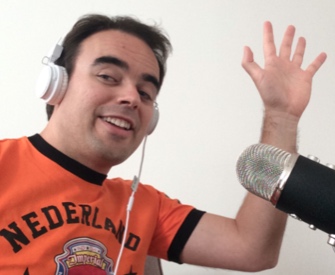How to prepare for ‘Het Inburgeringsexamen’ – part 1
So you have made your plans to move to the Netherlands and you’ve read about the ‘Inburgeringsexamen’ in my previous post . Now you’ve decided to take the exam. But where to begin? In a series of articles, I will give you the most important tips on preparing for the Inburgeringsexamen.
In part one of the series ‘How to prepare for ‘Het Inburgeringsexamen’ I will start with a subject that lots of students find the most difficult: writing.
First a short recap, what’s in the inburgeringsexam?
The inburgeringsexam
The inburgeringsexamen consists of two main parts: language and society/culture. Your language will be tested on four abilities: writing, speaking, listening, and reading. The required level of all abilities is A2 level. So what is A2 level in writing?
Writing at A2 level
If you can write at A2 level you can write short, simple notes and messages relating to matters in areas of immediate need. For example, you can write a short e-mail to your doctor to make an appointment or you can fill in a form with your basic personal information.
Besides answering open questions, you also have to do exercises in which you fill in the correct words to complete a sentence (aanvulzinnen).
The written exam (schrijfvaardigheid) takes 35 minutes.
How do they correct your exam?
To prepare for your exam it’s important to know what the criteria are. There are 2 main points: grammar and adequacy/comprehensibility. Of course, it’s important that your answer is grammatically correct. Your text will be especially marked on word order and conjugations.
But it is not only correct grammar which is important in your written exam. Adequacy and comprehensibility are also essential. That means that what you write down has to make sense. In your answer you have to show that you understand the question and that you are able to write a short logical response to it. If you can’t compose a logical text, but you’ve written it correctly, you still don’t get points for your answer. So it’s important what and how you write.
Preparation
Now you know what to expect and what is required, it is time to practise. The best way to prepare for the exam is to start writing. Exercises on this page can help you practise for the exam.
Because grammar is an important part of the exam, you can use my courses #dutchgrammar-1 and #dutchgrammar-2 to prepare for it. In these courses I actually teach a bit more than you need to know for the exam. That’s because #dutchgrammar-2 teaches grammar on the A2+ level with some elements that actually belong to B1. Nevertheless, it’s better to do a bit extra… after all, I hope you are learning Dutch not only to pass the exam, but to speak it afterwards when living in the Netherlands. (Well, that’s why you are doing the exam!)
Self study or a school?
Another point you will want to consider is how to prepare for the exam: with self study or at a school. Self study (like #dutchgrammar) is definitely cheaper. I truly believe that with self-study anyone can achieve the required level for the written part of the exam.
If you don’t have the discipline for self study, or if you really need the feedback from a real teacher, then learning the language at a real school could be better for you, especially when the lessons are interactive (and not just a teacher writing something on the whiteboard which you copy into your notebook).
Why not both?
One doesn’t exclude the other! It can definitely help if you have a self study method as well as your real classes. And please note: a good book for use in class, is usually not a good book for self study and the other way around(!) Self study methods are really aimed at getting someone to understand something without a teacher and explain everything step-by-step. Books for use in the classroom usually have limited explanations, because that’s the teacher’s role.
At our summer and winter schools we combine both – our e-learning materials (#dutchgrammar) are given as homework during the course. That allows us to have very interactive classes fully focused on applying the knowledge .
The e-learning package can also be used to prepare before the course starts and then to review after the course is finished. For example: one can go from 0 to A1 by doing #dutchgrammar before the course. And then do the summer school at level A1 to A2. And afterwards you can review and extend your knowledge with the e-learning package again.
In part 3 – when talking about the spoken part – I will give you one more thing to consider, when choosing between self study or a school.
The day of the exam
On the day of your exam, bring a valid proof of identity and your invitation to the exam. It’s also important to note that you are not allowed to bring a dictionary or phone in with you.
Oh yes, it’s good to know…that this is about writing… so for this part of the exam you really do ‘write’ with a pen on paper!

Bart de Pau
online Dutch teacher & founder of the Dutch Summer School & Dutch Winter School



